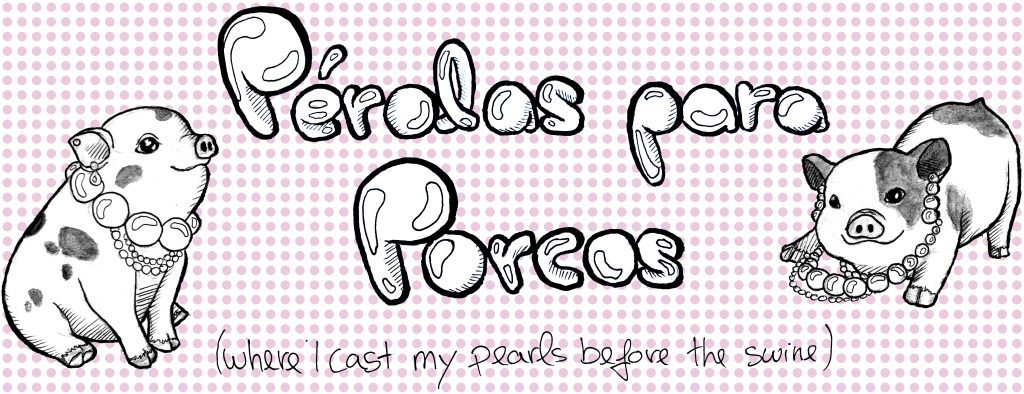Even though their work is aesthetically very different, they have a few interesting things in common. They are both from the north of Portugal, (Abi Feijó from Braga and Seara Cardoso from Porto), they were both born in 1956 and majority of their animation work was also done in the mid 80’s and early 90’s. As a result, they represent a generation that used their recently obtained freedom of speech to express a civic conscience inherited from the Carnation Revolution. While analyzing, I found in both of their work, elements that define this “Portuguese Intervention” movement.
MUSIC

Probably the most characteristic element, the music played an instrumental role in both of their works. In Portugal, after and, especially, before the Carnation revolution, music was definitely the most active art form of the “Intervention” movement. Most of these musicians were only able to create abroad, in fear of being persecuted and tortured by PIDE and the state, and on the night of the revolution it was the radio-broadcast of “Grândola, Vila Morena” (1971), by Zeca Afonso, that was used as signal to the MFA troops across the country to initiate the military coup. This type of music is known for using traditional Portuguese instruments (or simply a capella); for being associated to (or sung by) hard labor groups, like the miners and farming jobs; for using lyrics and poetry that promoted unified action against the regime and uplifted the working class; and for being censored by the regime.

Interestingly, fragments of “Grândola, Vila Morena” can be found in Abi Feijó‘s “A Noite Saiu à Rua” (1988) (Time of Darkness), a film that depicts the Estado Novo. Through “Oh Que Calma” (1985) (How Calm It Is), Abi uses music to approach traditional Portuguese culture, by giving life to a song traditionally played by female wheat reapers in Beira Baixa, Portugal (“oh que calma vai caindo” from the album “Vai de roda”(1983)). For the rest of his films (and his animation studio “Filmógrafo”), Abi collaborates with Manuel Tentúgal to create the music which “establishes a dialogue (with the viewer) on an equal footing with the image” (Feijó, 2001).

In Seara Cardoso‘s TV shows, music is perhaps the most memorable aspect. To this day, the generations that grew up watching his shows still remember the lyrics of some of the songs, especially ” Por Incrível Que Pareça” from “A Árvore dos Patafúrdios” (The Patafúrdios’ Tree) and “É tão bom” from “Amigos do Gaspar” (Gaspar’s Friends). On each episode, there was at least one original song sung by the characters, making his shows essentially musicals. These songs were written by Sérgio Godinho and composed by Jorge Constante Pereira. Sérgio Godinho is as well a prominent “Intervention” musician whose social awareness is very present through the music of the show.
HANDCRAFTMANSHIP

Seara Cardoso and Abi Feijó both shared a curiosity and admiration for craftsmanship in their creative process. Their animation styles value the process of building characters and sets or manipulating materials, as much as the story itself. Seara Cardoso approaches his animation from a traditional handcraftsmanship background, referencing, not only Dom Roberto Theatre puppetry, but also the traditional ceramics from Minho, as seen in the conceptualization of “No Tempo dos Afonsinhos” (1993)(Out Of The Ark), which takes place in that area. This particular show portraits a castro village from the Bronze-age period and also gives a lot emphasis to the craftsmanship associated to the traditional jobs that many members of that village have, including the baker, weaver, potter and washerwoman.


In Abi Feijó‘s case, this “handcraftmanship” can be seen on the animation techniques he uses to create his films. On his first film, “Oh Que Calma!” (1985), he used 8 different types: pinscreen, paint-on-film, hand drawn, clay, cutout, photocopies, crayon and sand animation. Throughout his career, he tends to use sand animation and cutout the most. With sand animation, he’s able to take advantage of the fluidity and the texture of the material, which seems to combine perfectly with the poetic nature and of “Oh Que Calma!”, as well as the rusty aspect of the ship and the harbour in “Clandestino” (2000)(Stowaway). With cutout animation, he’s able to give life to already existing work, like the political illustrations and caricatures of João Abel Manta in “A Noite Saiu À Rua” (1988) (Time of Darkness), as well as historical illustrations and Portuguese art in “Fado Lusitano” (1994)(Portuguese Fado).
